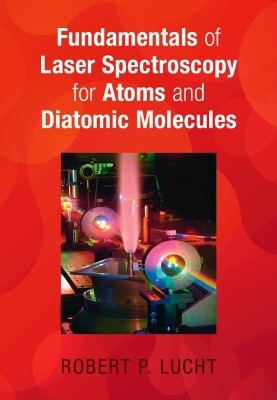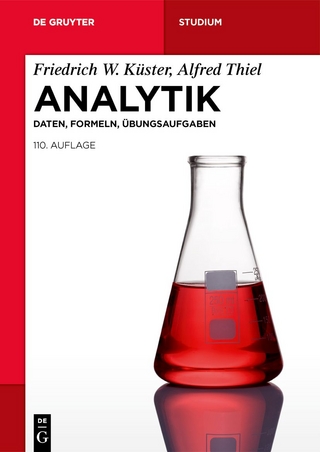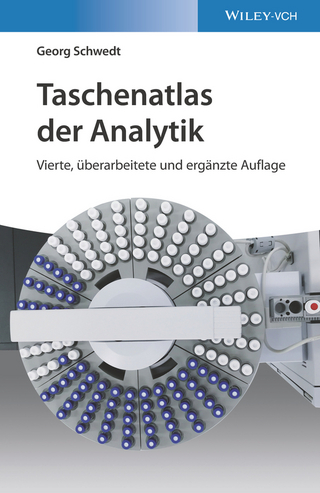
Fundamentals of Laser Spectroscopy for Atoms and Diatomic Molecules
Cambridge University Press (Verlag)
978-1-108-83792-7 (ISBN)
For the engineer or scientist using spectroscopic laser diagnostics to investigate gas-phase media or plasmas, this book is an excellent resource for gaining a deeper understanding of the physics of radiative transitions. While a background in quantum mechanics is beneficial, the book presents a comprehensive review of the relevant aspects, extensively covering atomic and molecular structure alongside radiative transitions. The author employs effective Hamiltonians and Hund's case (a) basis wavefunctions to develop the energy level structure of diatomic molecules. These techniques also form the basis for treating radiative transitions in diatomic molecules. Recent advancements in quantum chemistry, enabling readers to calculate absolute single-photon and Raman transition strengths, are also presented. Illustrated with detailed example calculations of molecular structure and transition rates, this self-contained reference for spectroscopic data analysis will appeal to professionals in mechanical, aerospace, and chemical engineering, and in applied physics and chemistry.
Professor Robert P. Lucht is the Bailey Distinguished Professor at Purdue University. His research projects range from the physics of emerging laser techniques to applications of laser diagnostics in practical combustion devices such as gas turbines. Prof. Lucht is a Fellow of Optica, AIAA, ASME, and the Combustion Institute. He also received the AIAA Aerodynamic Measurement Technology Award.
1. Introduction: classical theory of electric-dipole radiative interactions; 2. Atomic structure and the quantum mechanics of angular momentum; 3. Structure of diatomic molecules; 4. Quantum mechanical analysis of the interaction of laser radiation with electric-dipole resonances; 5. Quantum mechanical analysis of single-photon electric-dipole resonances for diatomic molecules; 6. Absorption and emission spectroscopy; 7. Raman spectroscopy; 8. Coherent anti-stokes Raman scattering (cars) spectroscopy; Appendix 1. Spherical harmonics and radial wavefunctions for one-electron atoms; Appendix 2. Clebsch-Gordan coefficients, dipole moments, and spontaneous emission; Appendix 3. Properties and values for selected 3J symbols; Appendix 4. Properties and values for selected 6J symbols; Appendix 5. Allowed ls coupling terms for equivalent electrons; Appendix 6. Derivation of the higher order density matrix elements for doublet and triplet electronic levels; Appendix 7. Einstein coefficients for spontaneous emission for the x2-a2+ (0,0) bands of oh and no and the x3 – a3 (0,0) band of NH; Appendix 8. Effect of hyperfine splitting on radiative transition rates; Appendix 9. Voigt function values; references; Index.
| Erscheint lt. Verlag | 31.12.2024 |
|---|---|
| Zusatzinfo | Worked examples or Exercises |
| Verlagsort | Cambridge |
| Sprache | englisch |
| Themenwelt | Naturwissenschaften ► Chemie ► Analytische Chemie |
| Naturwissenschaften ► Physik / Astronomie ► Optik | |
| Technik ► Maschinenbau | |
| ISBN-10 | 1-108-83792-1 / 1108837921 |
| ISBN-13 | 978-1-108-83792-7 / 9781108837927 |
| Zustand | Neuware |
| Informationen gemäß Produktsicherheitsverordnung (GPSR) | |
| Haben Sie eine Frage zum Produkt? |
aus dem Bereich


